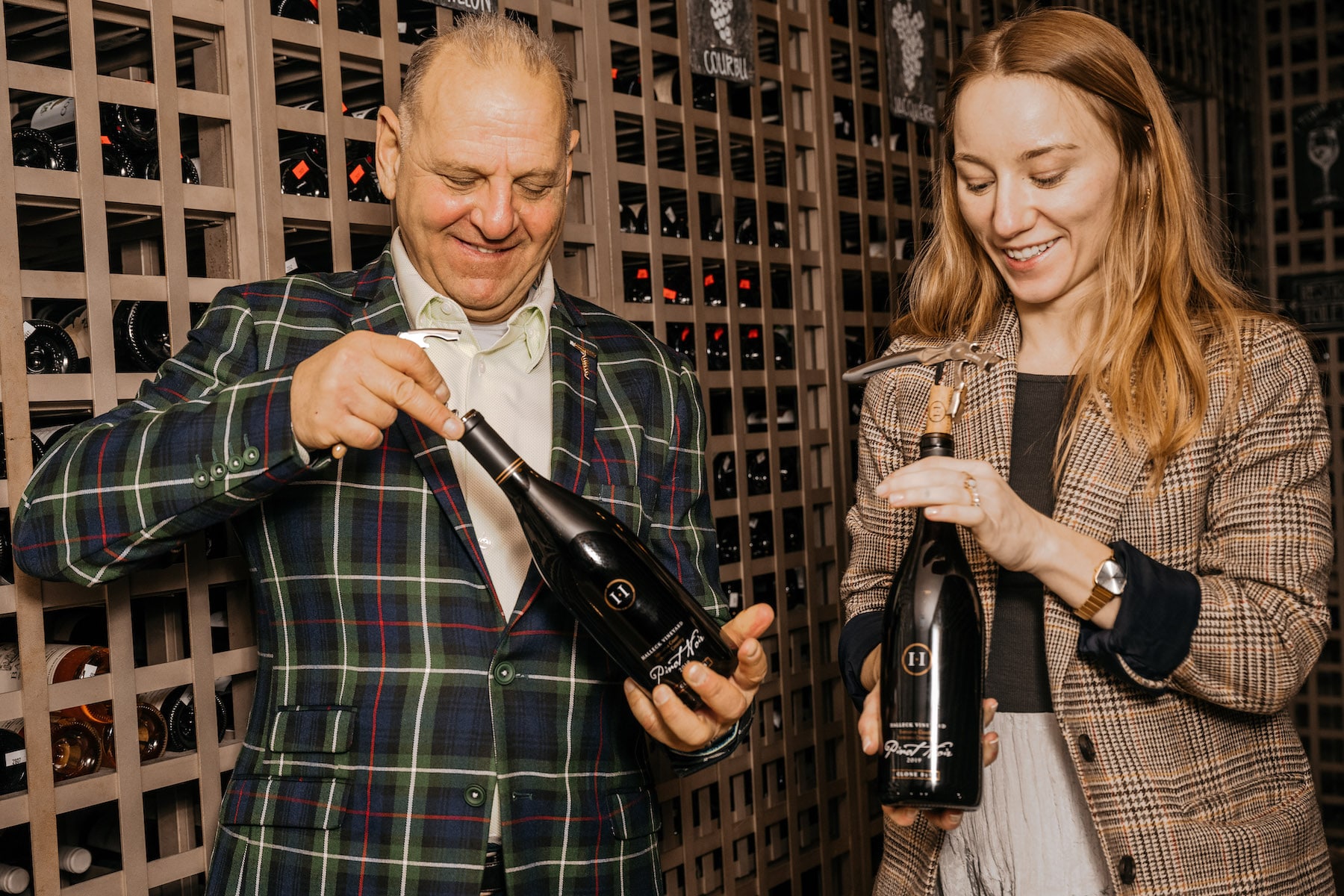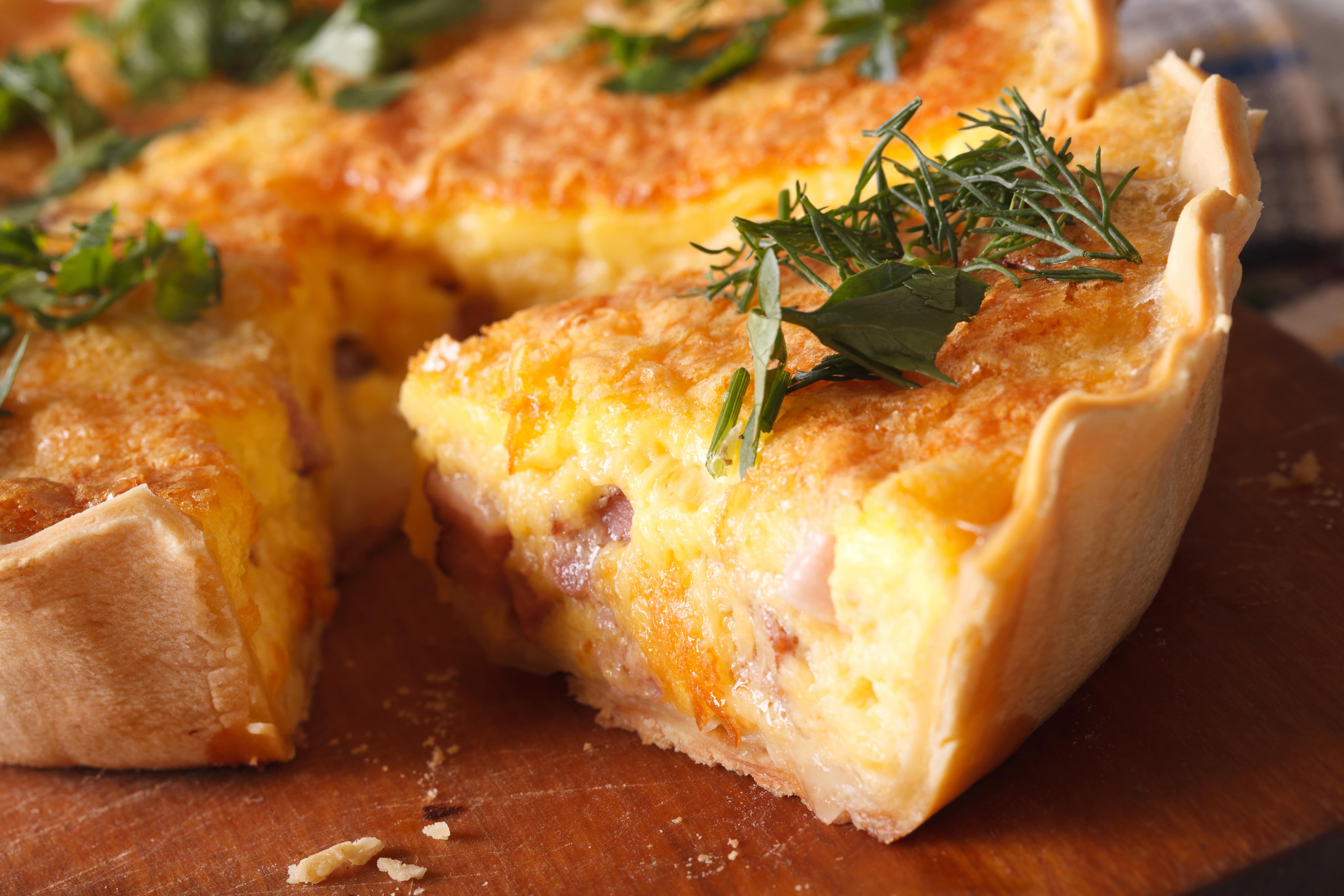Family-Oriented Wine Tasting Venues In Sebastopol - Winery In The Sonoma Wine Region
Wine tasting is an art that combines sensory experience with an appreciation for the nuances of various varietals. How to gauge flavors in winery wine tasting periods is pivotal to grasping the complexities of wine.
Partaking in a wine tasting entails more than merely sipping and savoring. It requires a targeted strategy to determine aromas and flavors that each wine presents. As you begin, observe the wine's look, noting its colour and readability. These visible cues usually recommend a wine’s age, grape variety, and even potential flavor profiles.
The next step in the tasting course of is to swirl the wine in your glass. This motion releases fragrant compounds that are very important for evaluation. Lean in and take a moment to inhale deeply; the aromas can vary from floral and fruity to spicy and earthy. The nostril of the wine is just as necessary because the palate, and recognizing scents plays a big role in understanding the overall experience.
When taking your first sip, enable the wine to move throughout your palate - Charming Wineries With Views In Sonoma Valley. Notice the preliminary flavors that current themselves. Is the wine fruity, floral, or maybe herbaceous? This preliminary taste gives perception into what the wine is likely to express as you proceed to gauge it. The mouthfeel also contributes to the general flavor experience; it can be silky, tannic, and even effervescent.
Upcoming Wine Festivals In Sonoma County - Craft Wineries In Sonoma
As you continue tasting, take note of the wine’s balance. A well-balanced wine will harmonize acidity, sweetness, and tannins. If one component overwhelms the others, it might point out a much less fascinating quality. Evaluating balance may help you establish how well the wine might pair with food.
Transitioning to the finish, consider how the flavors evolve as the wine lingers on your palate. A lengthy, nice finish can indicate a high-quality wine, whereas a brief or abrupt finish may suggest in any other case. Replicate on whether the flavors remain consistent or if new notes emerge because the wine settles. This development can reveal complexities and intricacies that might not have been apparent within the initial tasting.
Temperature is also a vital think about evaluating wine flavors. Different types of wine are optimally loved at specific temperatures. White wines often shine when chilled, whereas purple wines generally carry out greatest at room temperature. When tasting, ensure the wine is at the acceptable temperature to completely appreciate its character.
Rustic Family-Owned Wineries In Sebastopol - Sonoma Wine Tastings
Pairing food with wine can significantly improve the tasting experience. Foods can influence the notion of flavors in wine, either highlighting sure traits or diminishing them. When evaluating flavors, think about how the wine interacts with different foods, noticing which flavors are amplified or muted (Best Chardonnays From Sonoma Winemakers).
Contemplate the affect of terroir as you have interaction in a winery tasting. Terroir encompasses the unique environmental components that affect grape growing, including soil composition, local weather, and geography. Understanding a wine's terroir can provide insight into its flavors and aromas, fostering a deeper appreciation for the choices made throughout its cultivation and production.
Schooling plays a basic position in enhancing one's ability to judge wine flavors. Studying about grape varieties, wine areas, and manufacturing strategies can pave the finest way for extra knowledgeable judgments during tastings. Moreover, attending workshops or classes can refine sensory skills and expand your flavor vocabulary, enabling you to articulate tasting notes extra effectively.

Finally, it is essential to remember that evaluating wine flavors is a extremely personal experience. Particular Person preferences and perceptions will invariably shape one’s tasting journey. Enjoyment should be at the forefront, with the analysis course of performing as a software to boost understanding and appreciation somewhat than create inflexible pointers.
Good Wineries For Large Groups In Sonoma Valley - Winery In The Sonoma Wine Region
In conclusion, mastering how to evaluate flavors in winery wine tasting periods entails a mix of sensory engagement, knowledge, and practice. By learning to determine aromas, assess the stability, and respect the intricacies of flavor, wine enthusiasts can deepen their connection to every bottle they encounter. As with any art kind, the extra one immerses themselves within the experience, the extra they will discover and enjoy the vast world of wine.
- Begin by observing the wine's color and clarity, as these visual parts can hint at its flavor profile and growing older potential.
- Swirl the wine gently in your glass; this releases fragrant compounds, permitting you to raised determine the complicated scents related to the wine.
- Take a deep inhale earlier than tasting, focusing on both main and secondary aromas to collect insights on fruits, spices, and other nuances.
- When tasting, permit the wine to coat your palate; note the initial flavors, the mid-palate complexity, and the finish as these stages can provide different flavor highlights.
- Pay attention to texture and mouthfeel, as aspects corresponding to tannin ranges, acidity, and sweetness contribute considerably to the general tasting experience.
- Examine flavors towards normal wine characteristics; for red wines, consider berry notes, oak affect, and natural tones, whereas whites may include citrus, stone fruits, and floral hints.
- Take notes during the tasting session to trace your impressions, serving to you to recollect and evaluate the different wines sampled.
- Discuss your findings with fellow tasters or winery workers, as sharing insights can improve understanding and appreciation of particular person flavors.
- Allow time for the wine to breathe; sometimes, flavors evolve and reveal new dimensions after being uncovered to air.
- Experiment with food pairings in the course of the tasting as they will dramatically alter how flavors are perceived, influencing general enjoyment.undefinedWhat should I search for when evaluating the aroma of wine throughout a tasting?
Start by swirling the wine in your glass to release its aromas. Bring the glass to your nostril and take a deep breath. Pay attention to the first scents you detect, as these are sometimes essentially the most distinguished. Look for fruit, floral, herbal, or earthy notes and try to identify particular traits, which will deepen your understanding of the wine's complexity.
Celebrated Winemakers To Discover In Sonoma - Vineyard Tours In Sebastopol
How can I distinguish between completely different flavor have a peek here profiles in wine?
Perceive that flavor profiles are often categorized as fruit, floral, herbaceous, spicy, or mineral. Take small sips and permit the wine to coat your palate. Notice the first flavors that emerge first and the delicate notes that follow. This layering is crucial in distinguishing the wine's characteristics and can help you recognize its unique profile.
Historical Wineries To Visit In Sonoma - Unique Wine Tasting Experiences In Sebastopol
What is the significance of the wine's texture in a tasting?

The texture of the wine, also recognized as mouthfeel, performs a crucial position in how we perceive flavors. Pay attention as to whether the wine feels smooth, creamy, or gritty. The physique of the wine (light, medium, or full) can improve or contrast with flavors, offering a extra rounded experience during tasting.
How do I assess the stability of flavors in wine?
Balance in wine refers back to the concord between acidity, sweetness, tannin, and alcohol. Take a second to assess whether or not these components complement or interfere with one another. A well-balanced wine could have none of its components overpowering the others, creating a pleasing tasting experience.
Wineries Pairing Wine With Chocolate - Sonoma’s Lush Vineyard Landscapes
What role does temperature play in evaluating wine flavors?
Temperature can considerably impact the perception of flavors. Typically, purple wines are finest served slightly beneath room temperature, while white wines get pleasure from being chilled. As the temperature changes, the aromas and flavors can shift, permitting you to perceive totally different traits. It’s essential to style wine at its optimal temperature for true analysis.
Wineries That Offer Barrel Tastings - Enjoying A Vineyard In Sonoma
How can I enhance my tasting skills over time?
Practice is key to enhancing your tasting skills. Wineries That Offer Barrel Tastings. Attend tastings, keep a journal of your experiences, and discover several types of wines to broaden your palate. Moreover, learning about wine manufacturing and grape varieties can present context that enhances your evaluation course of, making you a extra informed taster.
Is there a selected order during which I should taste the wines?
Wineries Known For Their Hospitality - Sebastopol Wine Country Vineyards Adventure
Sure, it’s advisable to style wines from light to full-bodied and dry to sweet. This progression prevents the stronger flavors from overshadowing the extra delicate ones, permitting important site you to fully respect every wine's traits and nuances with out palate fatigue.
How can I consider the aftertaste of wine?
Wineries Offering Educational Wine Seminars - Vineyard Visits And Wine Tasting In Sonoma
The aftertaste, or end, is a vital facet of the wine-tasting experience. After swallowing, take note of how long the flavors linger on your palate and whether or not they change. A lengthy, nice finish is often an indicator of a high-quality wine, while a brief or disagreeable finish may suggest in any other case.
Why is it essential to note the wine’s acidity during tasting?
Acidity contributes to the general freshness and construction of the wine. Pay attention to the tingling sensation on your tongue; higher acidity can improve the wine's liveliness and stability out sweetness. Noting acidity helps determine the wine's versatility with food and its aging potential.
What ought to I do if I wrestle to identify particular flavors in wine?
Sonoma's Top Sparkling Wine Producers - Sonoma Wine Culture
Struggling to establish flavors is frequent, particularly for novices. Focus on broader classes and describe what you can recognize, corresponding to sweet or earthy notes. With practice, reading about completely different flavor profiles, and perhaps utilizing flavor wheels, you'll refine your senses and develop a extra nuanced approach to tasting.